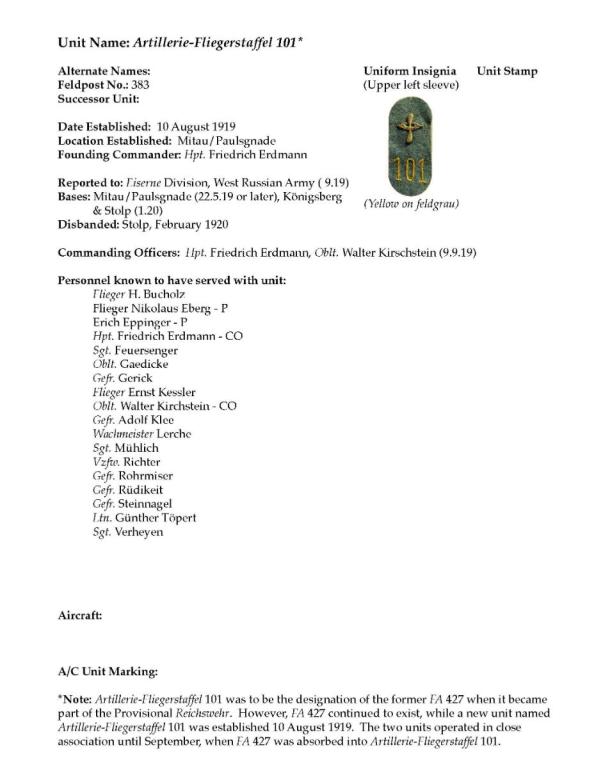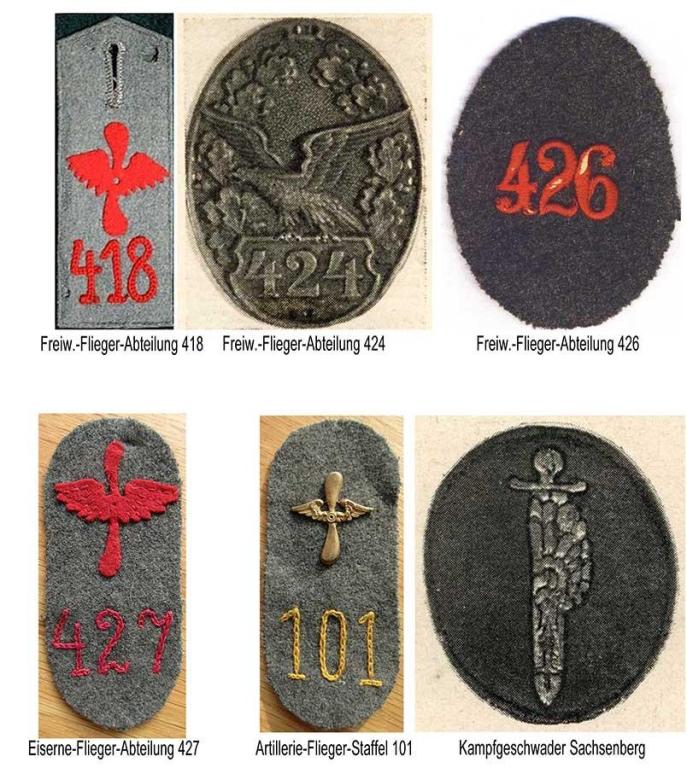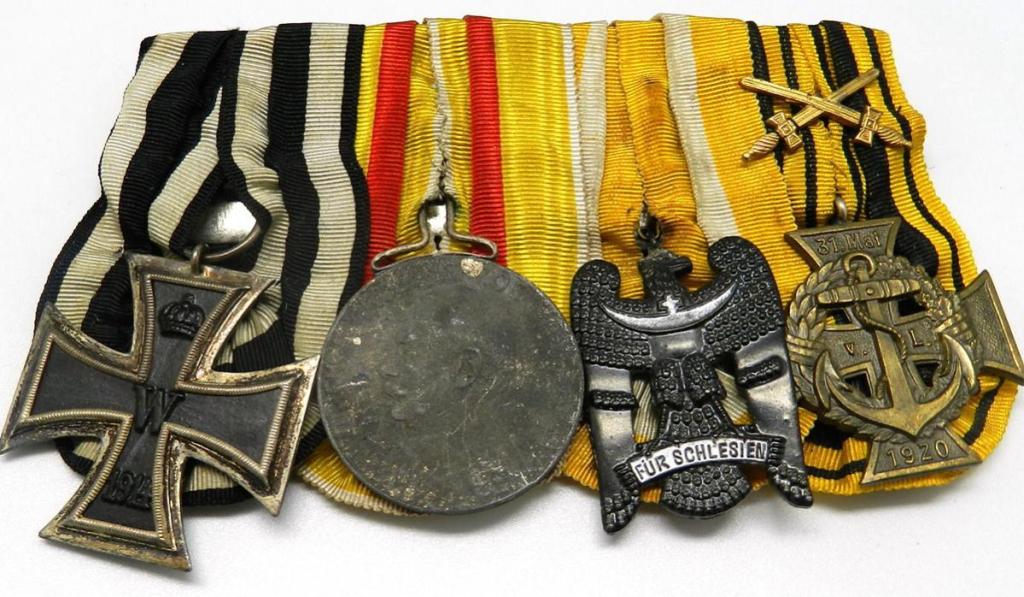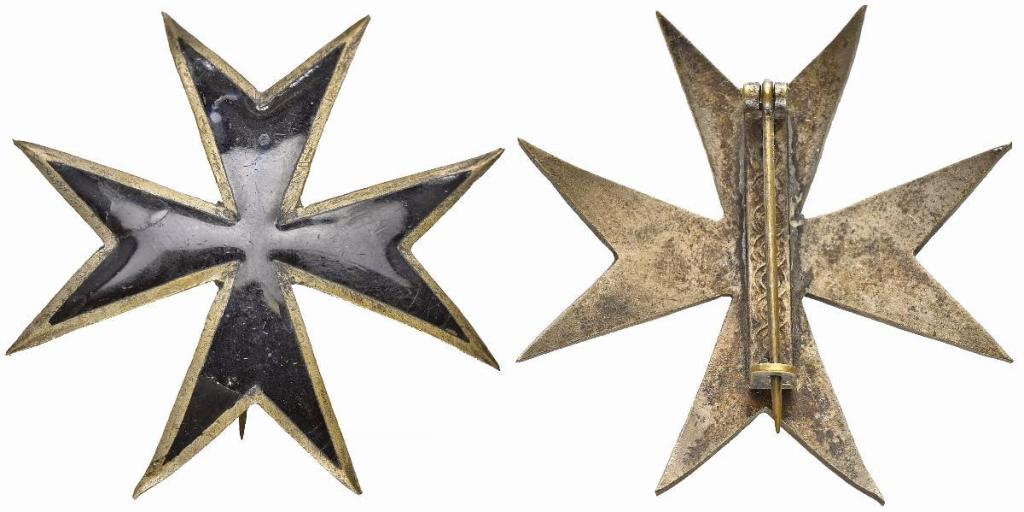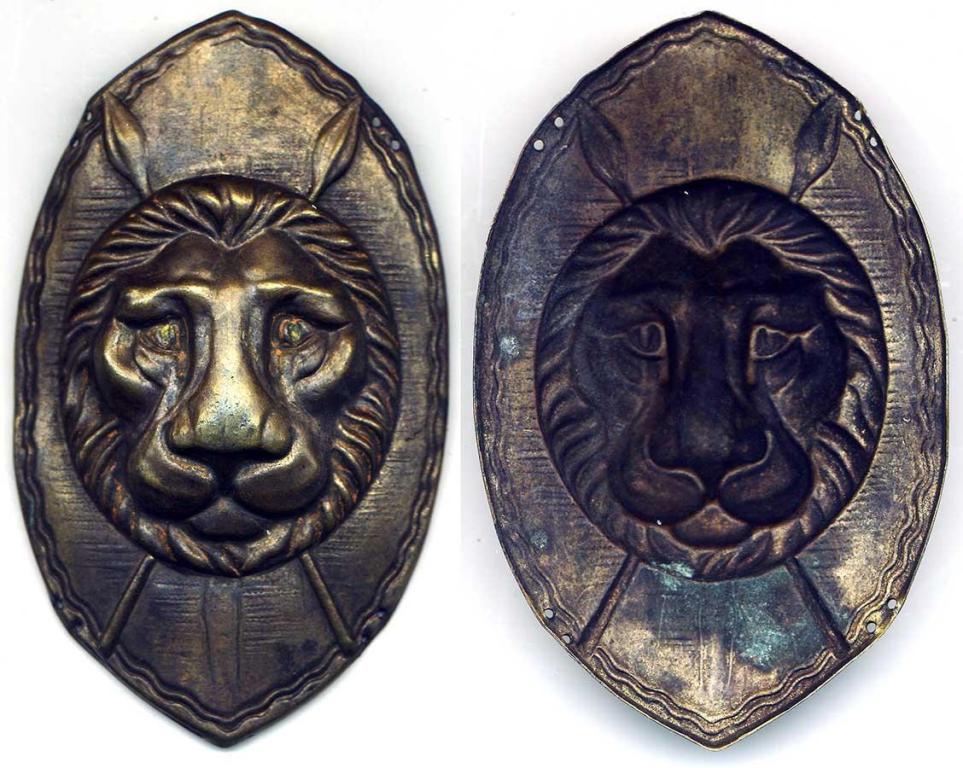
bolewts58
Active Contributor-
Posts
624 -
Joined
-
Last visited
-
Days Won
11
Content Type
Profiles
Forums
Blogs
Gallery
Events
Store
Everything posted by bolewts58
-
I believe that most of these items aren't actually sold. The bids are fake. If you see "Angebot mit nicht öffentlicher Bieter-/Käuferliste" in the bidder list, I'm pretty sure it means the bidding is being artificially done. You only ever see this phrase on the listings of the sellers who are selling these fakes. In particular, the Freikorps fakes shown have completely taken over the Freikorps listings to the point that there are seldom, if ever any real Freikorps badges and awards anymore.
-
Well, yes. But, if you know what to look for, the illusion falls apart. I do note that the latest addition to many of the pin-back crosses is a very unconvincing, over-sized Meybauer mark not to mention the Wagner mark on the back of the tank badge is a joke. But, still, these continue to fool less experienced collectors. To make matters worse, these are sold not just by the same seller with multiple accounts, but by other crooks as well, such as Marc Poredda (Porre81, kruemmelmix) who has a fondness for the over-use of chemical aging and somber black backgrounds.
-
Silesian eagle and colonial badge?
bolewts58 replied to Ladis's topic in Germany: Weimar Republic & Deutsche Freikorps
The Silesian Eagle is real. But, I don't like the Elephant Orden. -
Schlesischer Adler / Silesian Eagles
bolewts58 replied to dond's topic in Germany: Weimar Republic & Deutsche Freikorps
I don't believe these groups are actually sold most of the time. These auctions often have a bidding history marked by the phrase "Angebot mit nicht öffentlicher Bieter-/Käuferliste" (Offer with non-public bidder / buyer list) which I think indicates that the seller has a shill bidder acting on his behalf in an attempt to get some interest. This is why the same groups often show up again and again for sale hoping that eventually some sucker will enter a genuine bid and buy them. -
Schlesischer Adler / Silesian Eagles
bolewts58 replied to dond's topic in Germany: Weimar Republic & Deutsche Freikorps
Fake group. The Silesian Eagle, the Iron Division Medal and the SSVK medal are all fake. The Lippe Merit Cross is likely fake as well. -
Freikorps Insignia
bolewts58 replied to Nick's topic in Germany: Weimar Republic & Deutsche Freikorps
These are some pages from a forthcoming book on Freikorps aviation to which I have made some contributions and which should come out sometime next year. -
Freikorps Insignia
bolewts58 replied to Nick's topic in Germany: Weimar Republic & Deutsche Freikorps
Freikorps Air Forces I have been assembling images of known Freikorps Volunteer Fighter Squadron insignia. FFA418 was commanded by Oberleutnant Oskar von Boenigk and was part of Grenzschutz Ost serving in upper Silesia until October 1919. FFA424, FFA426, Eiserne FA427 and Art.-Flieger-Staffel 101 were part of Kampfgeschwader Sachsenberg and fought until December 1919 in the Baltic campaign, first with the Iron Division and Deutsche Legion and finally with Bermondt-Avalov's Russian West Army. Here is the insignia I have identified so far. With the exception of FFA418, all of these were sleeve badges worn on the upper left sleeve. Eiserne-Flieger-Abteilung 427 and Artillerie-Flieger-Staffel 101 (from my collection) were co-designations of the same unit in the Iron Division. It was the main flying unit used in the attack on Riga in May 1919. The photo shows a member of Kampfgeschwader Sachsenberg wearing the unit badge above the MGSS badge. -
Freikorps Insignia
bolewts58 replied to Nick's topic in Germany: Weimar Republic & Deutsche Freikorps
very nice piece. -
Awaloff Cross Second Class?
bolewts58 replied to FALvonKyffhausen's topic in Germany: Weimar Republic & Deutsche Freikorps
This awards has been discussed before on several forums including this one. Russian Westarmee headquarters standard showing the design of the award. Here is the service cross for the Russian Westarmee from my collection on which the order was later based. Das Abzeichen für Dienstgrade der russische Westarmee (Badge for All Ranks of the Russian Western Army) -
Awaloff Cross Second Class?
bolewts58 replied to FALvonKyffhausen's topic in Germany: Weimar Republic & Deutsche Freikorps
I agree with VtwinVince. Originals of these are extremely rare. Chances of finding an original are very slim. eBay and some dealer sites are flooded with fakes in different class of this decoration. I only know of a couple of advanced collectors who have originals. Here is one of the few known originals. -
Anyone Else Noticed this 1813 EK1?
bolewts58 replied to VtwinVince's topic in Germany: All Eras: The Iron Cross
While it may be on eBay, it's being sold by Kai Winkler. That should be all you need to know to run in the opposite direction. -
Freikorps Insignia
bolewts58 replied to Nick's topic in Germany: Weimar Republic & Deutsche Freikorps
Schutztruppen-Regiment von Lettow of Freiwilligen-Division von Lettow-Vorbeck Arm-badge Freiwilligen-Division von Lettow-Vorbeck took part in the putting down of the Spartacist uprising in Berlin and later against the Sozialistischen Republik Bremen proclaimed January 1919 and in June 1919 against the workers strike in Hamburg. This is a purported later strike after the die was believed damaged or worn in the top part. The badge design of a large lion head superimposed on two crossed Zulu Iklwa on a Zulu shield is complex and so deep, heavily embossed and vaulted, that the die was either damaged or just worn at the top over time. Thus in earlier strikes the vertical and horizontal lines decorating the bottom of the shield repeated at the top. Details seem to have been partially worn down on the die through repeated striking of the badges. The left hand side has a die flaw at the edge on the curvy line inside the rim and the left hand spear head is missing some of the details of that on the right. While not scarce, it is very hard to find as it's one of the most sought after Freikorps badges. So far, reproductions/fakes of this badge have not been produced probably because it would be somewhat difficult to do so convincingly. -
I read the entries and he left the service on April 7 1919 two days before the regiment formed Freikorps Würzburg and left for Munich to fight the communists. He had been wounded. So, maybe he wasn't up to it or had had enough. He was marked with good conduct and he received his 50 Marks discharge pay.



